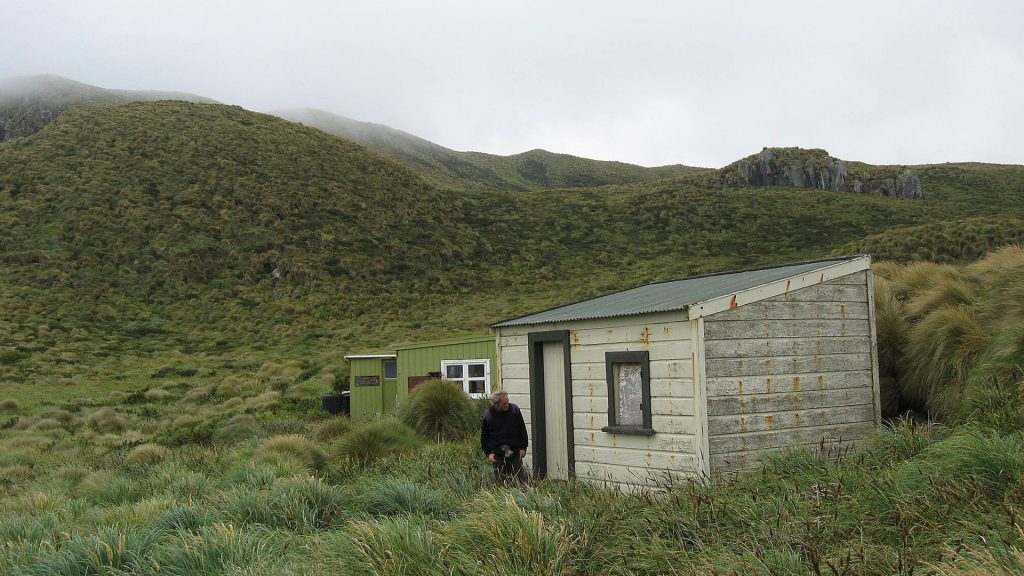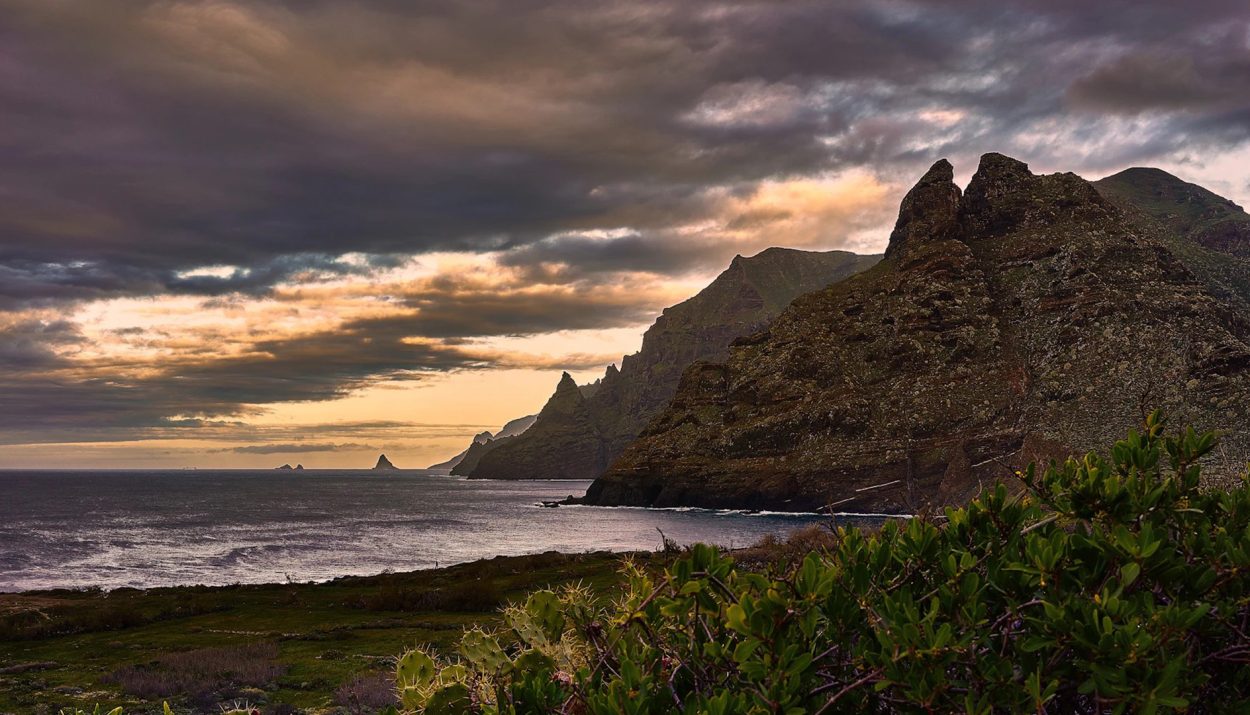We probably don’t spend much time thinking about how many uninhabited islands there really are, the truth is more than we can count. Let’s explore a few of these isle’s, and dive into why people choose to not live there.
Antipodes Islands, New Zealand
Although beautiful in scenery, this stretch of subantarctic volcanic islands in New Zealand has a climate that would be unbearable to humans, it is notorious for being frigidly cold and having extremely turbulent winds.

A few sailors have washed ashore after shipwrecks and managed to survive the elements for a few days before being rescued, but outside of that it is uninhabited.
Clipperton Island, France
Clipperton Island is a ring-shaped coral reef island in the Eastern Pacific. The French initially took ownership of Clipperton Island, then the United States. It was used primarily for mining guano, a highly sought after fertilizer. In 1897 Mexico took possession of the Island, until their civil war in 1914.

The civil war halted the transport of necessary supplies to the island, causing its few residents to vacate. Eventually France would regain ownership of the island, but following World War II Clipperton Island has been completely desolate.
Palmyra Atoll, United States
Palmyra Atoll is a remote ring of coral islets about 1000 miles from Hawaii. Due to its isolated nature it has no permanent inhabitants and never has.

It is an animal wildlife refuge and is currently looked after by the U.S. Fish and Wildlife Service. Currently it is applied as an incorporated unorganized territory, and is the only one of its kind.
Lazzaretto Nuovo, Italy
Lazzaretto Nuovo is one of the plague islands of Venice, Italy. For centuries it was affectionately referred to as one of the doorways to Venice. After the bubonic plague hit the island was used as a quarantine area to protect the bigger cities from the disease.

After the plague subsided it was used as a military outpost, only to be officially abandoned in 1975. The island was eventually restored and made available to the public as a cultural museum. It can be visited from March to November each year.
Tree Island
This island is known as Tree Island and is located in the South China Sea. Its ownership is a constant source of debate, with China’s Hainan Province, Vietnam and Taiwan all saying its theres, a common dispute amongst Paracel Islands such as Tree Island.

It has no permanent residence, only the occasional stay by military troops. Tourists are welcome to visit but must get permission from the Haikou Hainan Province first.
Battleship Island, Japan
At its prime Hashima Island (aka Battleship Island) was home to 5000 residents who had moved to the island because of its booming coal business. When the coal industry on the island died out its population fled just as quickly as they came, leaving the island deserted.

The apartments that once housed the island’s many residents slowly began to succumb to the elements, eventually deteriorating to the point of instability, making it dangerous to explore. Despite its condition it was reopened in 2009 to visitors by guided tour only.
Jaco Island, East Timor
Jaco Island in East Timor, Southeast Asia is one of the most stunning islands in the world, it is covered in white sand beaches, clear waters, and dense forest with an array of foliage. To the locals it is considered sacred, and because of this does not have any permanent residents.

The people of Timor are extremely friendly and happy to accommodate tourists, offering camping expeditions and day trips to visit the beautiful island of Jaco.
North Brother Island, United States
North Brother Island located in the East River of New York City is now a protected bird sanctuary, but its history is far more grim. In 1885 it was home to Riverside hospital, a quarantine facility for those affected by smallpox, typhoid, and various other communicable diseases.

Perhaps most famous for its resident known as Typhoid Mary, a cook who was allegedly responsible for passing Typhoid to as many as 122 people. After the hospital closed in 1942 the building was used for veteran housing, then a rehab facility, then eventually closing its doors in 1963. The bones of the once bustling hospital still remain, but it is a far cry from what it once was.
Okunoshima Island, Japan
You won’t find a single human resident on the Island of Okunoshima, you will however find a thriving bunny colony. Okunoshima once harbored a chemical weapons plant that produced a poisonous gas used by the Imperial Army. Now it is simply overrun by its four legged furry inhabitants.

It’s said that the Allied Occupation Forces released the laboratory animals when it disassembled the plant, and the bunnies quickly multiplied, quickly inhabiting the island. They started allowing tourism to Okunashima, since then the island has fastly become a fan favorite amongst those that visit.
Henderson Island
Henderson Island is located in the South Pacific as a part of the Pitcairn Islands. It is a tiny coral atoll that is virtually uninhabited. There is no fresh water source on the entire island and it is covered in steep cliffs, making it a less than desirable place to live for humans.

However, what it lacks in its population of people it makes up for in animal and plant species. This island is home 51 native species of flowering plants and to a population of animals that can’t be found anywhere else in the entire world! It is a true hidden gem, untouched by the hands of humans.
Abandoned or simply uninhabitable, there is something so alluring about each one of these deserted isles. Each unique with its own colorful history, the true undiscovered treasures of the world.






